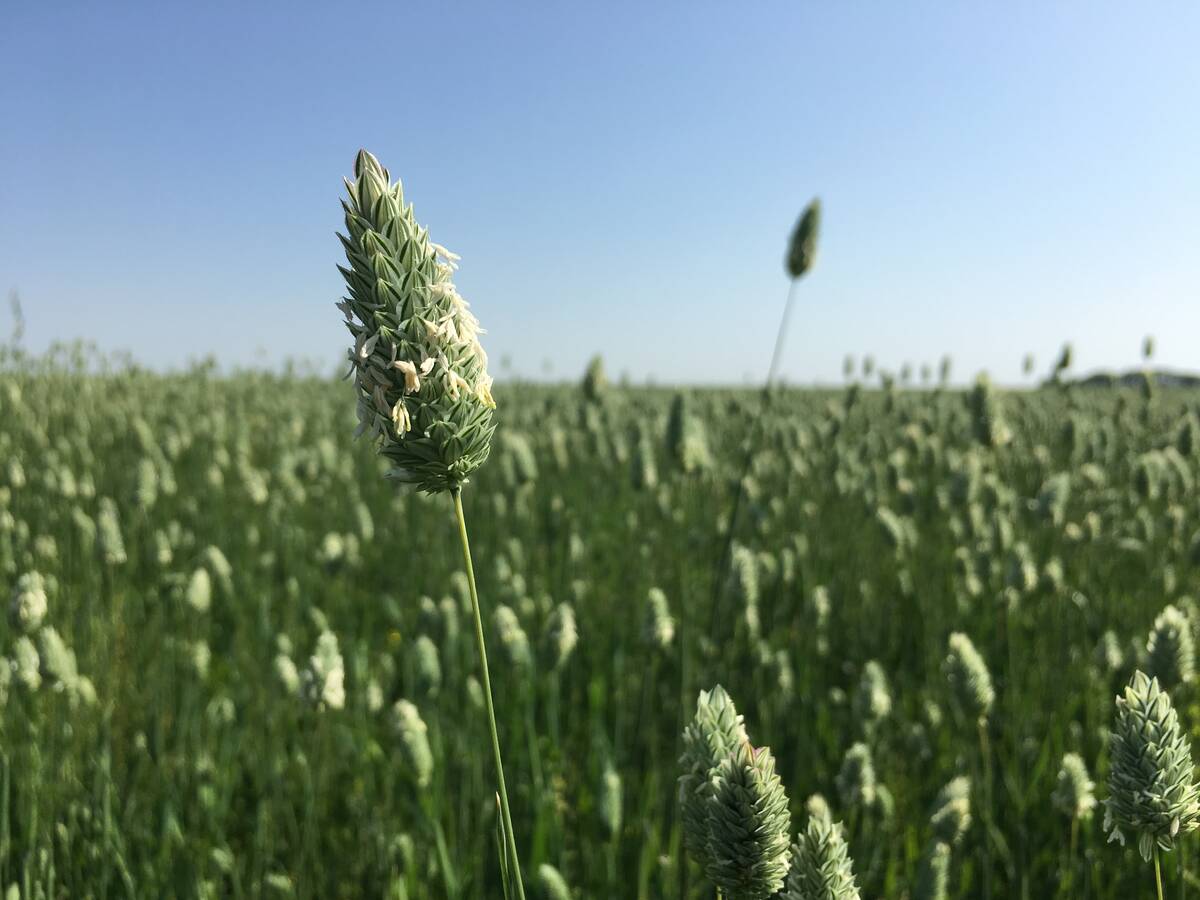PICTURE BUTTE, Alta. — One name was on everyone’s lips last week at a County of Lethbridge workshop about soil salinity: AC Saltlander.
“We’re actually very excited about it,” said Agriculture Canada hydrology technician Ken Wall.
“It is a hybrid, but it’s got some creeping rootedness in it, which tends to cover some open areas.”
Wall, who works at the Semiarid Prairie Agricultural Research Centre in Swift Current, Sask., said research shows the green wheatgrass variety is another forage tool in reclaiming areas lost to excess salt accumulation.
Read Also

No special crop fireworks expected
farmers should not expect fireworks in the special crops market due to ample supplies.
“It’s one of the most salt tolerant ones. Between it and tall wheatgrass, there’s really nothing that approaches the salt tolerance of it, so that really increases your options in terms of some of those areas that stay white all the time.”
Wall said AC Saltlander was released five years ago and has generated major interest in the United States. Such a large market could take a lot of the available seed, he added.
The salt-tolerant forage doesn’t have a huge seed set but is long-lived once it is established.
Ken Miller of Miller Seeds in Milk River, Alta., used it in a plot test seven years ago, and it is still producing well.
Miller showed the workshop slides documenting the gradual recovery of a major saline area on the lower slope of the Milk River ridge.
An area once barren and white with accumulated salt was seeded to a mix of Saltlander, meadow brome and crested wheatgrass and left to grow for seven years.
“During that seven years, we were able to dewater and dry out the land,” Miller said.
“Over time, the crested took over on the upland and tops of hills, the meadow brome was better in the mid slopes but the bottoms, the Saltlander thrived.”
Agriculture Canada researcher Harold Steppuhn developed the hardy forage. It was commercially released to Miller in 2004 and is also available from Viterra.














